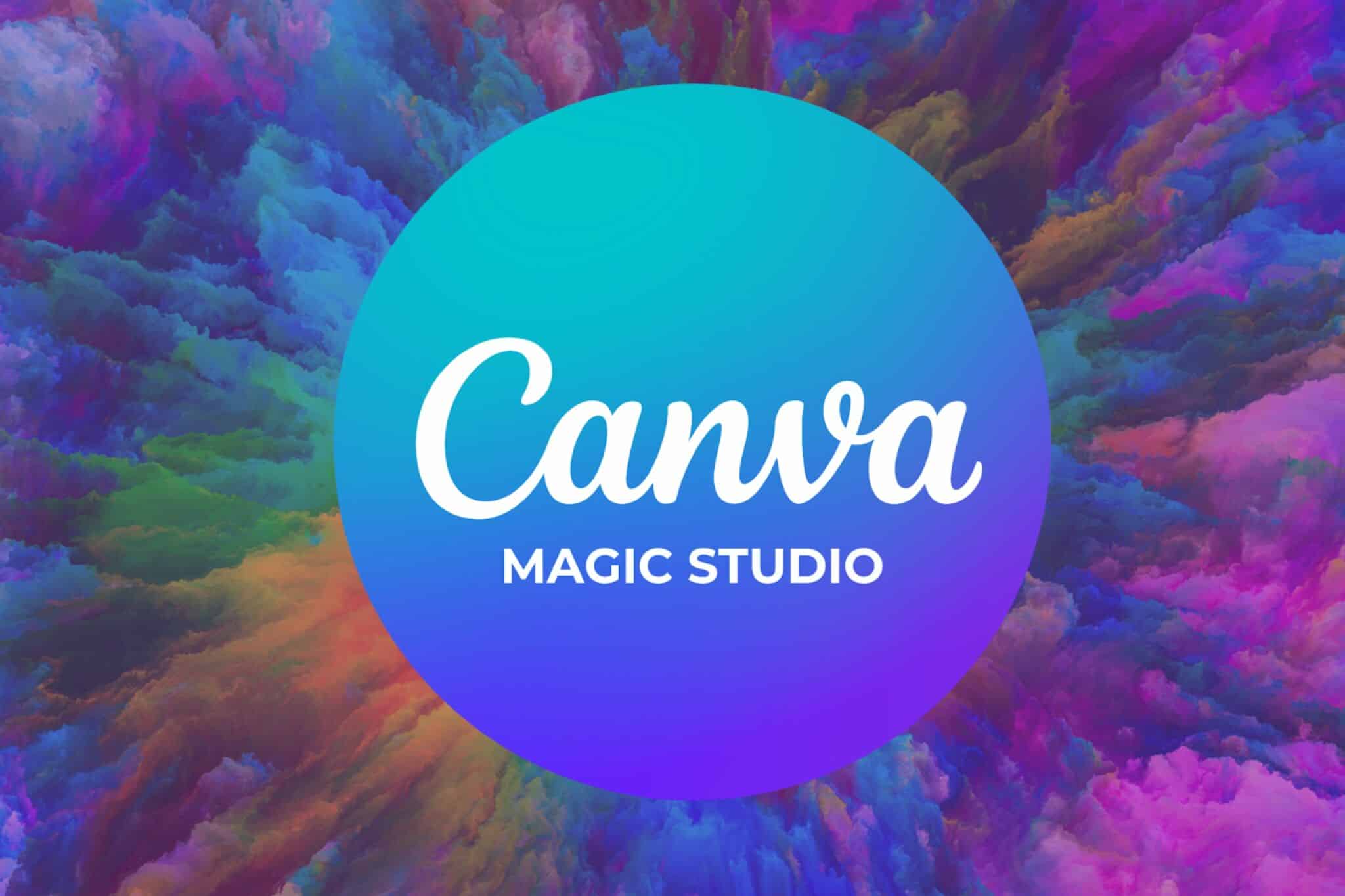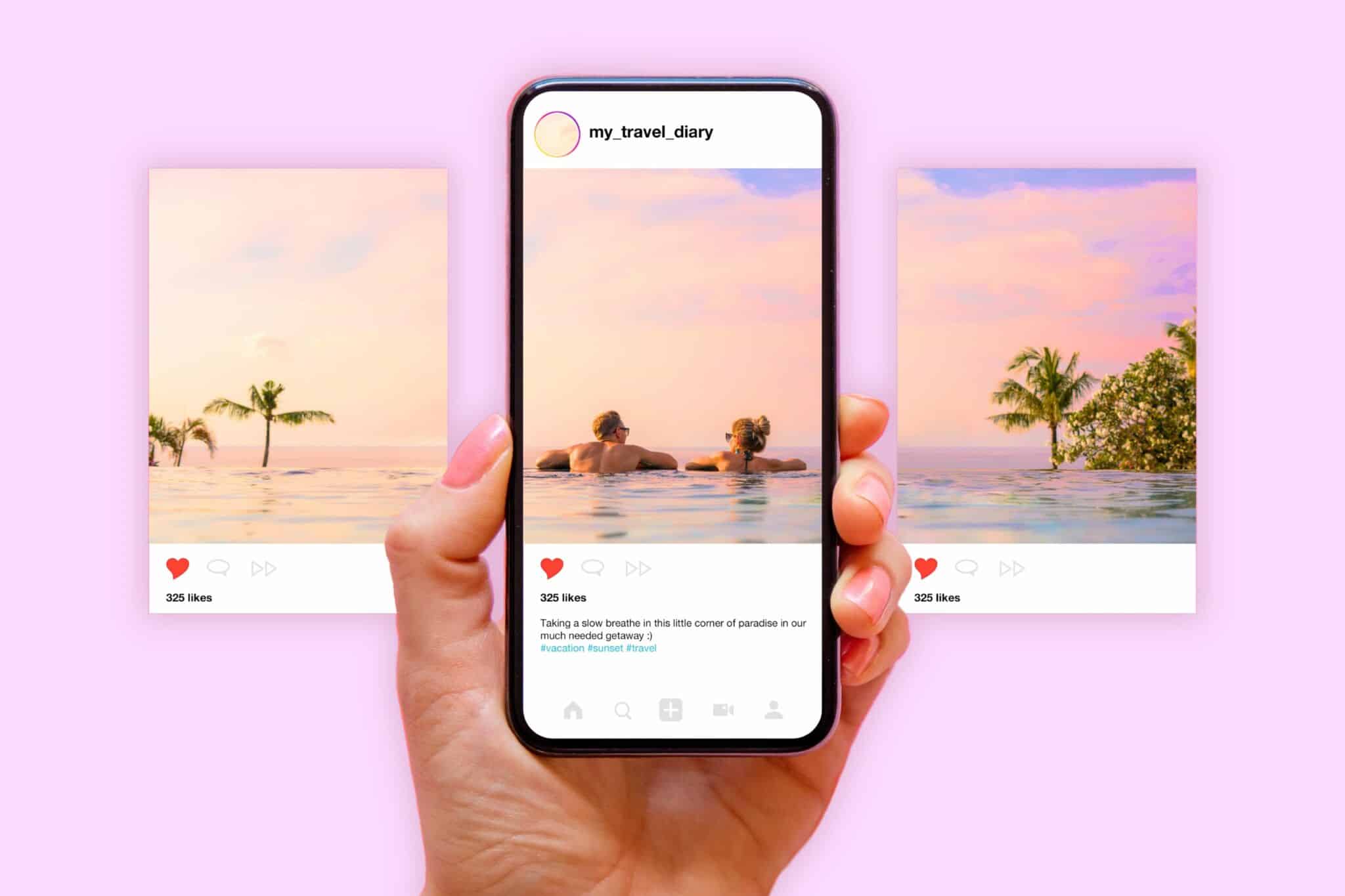According to a study done by Media Dynamics Inc, the average adult population is exposed to approximately 360 marketing messages daily across various media (TV, radio, Internet and print). However, this number jumps to over 5,000 “brand exposures” if we include all the labels, posters, and ads we pass in grocery stores and malls or get in the mail, whether we notice them or not.
As consumers, we are constantly bombarded by companies fighting for a few seconds of our attention. We are exposed to a barrage of ads, news, and messages everywhere we go and they’re all saying: “listen to me! I have something important to say!” The digital world that we live in today makes it exponentially easier for companies to reach their target audience. Being at the receiving end of this endless blitz, consumers have learned to tune out most of these messages.
This means that attention is scarce and worth a lot of money. Companies with multi-million dollar marketing budgets get the largest share of this attention because they have the loudest voice. But, if you’re a small/medium-sized business owner with a limited budget, how do you compete?
The good news is that attention, while they’re worth a lot of money, can’t be bought. What I mean is, you can launch a $1 million campaign that is forgettable and have no impact, or you can create content that speaks to your customers for no money at all.
Then, the question becomes, how should I speak to my customers to earn their attention?
1. Know Who You’re Talking To
While you may have heard that basic rule of marketing—know your target audience—when was the last time you stopped to ask, “How well do I REALLY know them?”. Say, for instance, you run a home renovation business. You know your target market is homeowners. But, if you dig a little deeper, you may find that your most profitable segment is the empty-nesters between the ages of 55 and 65 with an annual household income over $100,000.
Being able to narrow your focus and segment your market into several profiles will not only allow you to maximize your marketing dollars but also craft messages to resonate with the specific audience.
For example, the ad copy for the empty-nesters may feature your creativity in turning extra bedrooms into other usable space, while the ad copy targeting young couples may feature your inspirations in creating family-friendly spaces.
2. Tell Them Why They Should Care
This is one of the most important rules in advertising. Failing to do this means your message will be forgotten in a blink. When creating your next ad, or any kind of content, make sure it is clear why your customers should care about what you have to say. Let’s compare these two ad copies for a new car model:
“Introducing the new electric Bumblebee S-model, now only $19,900.”
vs.
“The new electric Bumblebee S-model: From Edmonton to Vancouver for less than $5.”
The first ad talks about the product and the price, which is pretty standard in advertising. But, does it answer the question: So what? Why should I care? It is important to highlight the benefits and how the products/services you promote will make consumers’ lives better. The second copy promotes the main benefit of the car, which is cost-savings.
3. Time vs. Reward: Give Them Reasons to Spare Their Attention
Growing popularity in channels like Snapchat proves that we live in a society with shrinking attention spans. Time is a finite resource and your audience is the master of optimizing the use of their time. To cut through the noise and clutter, your message needs to offer something that is worth the attention. To do this, when designing a marketing message, ask yourself these questions:
- Does my message contain important enough information for my target audience to spend the time to listen?
- What are the benefits and rewards for listening?
- Would your audience choose your message over a funny cat video?
This is not an easy feat to accomplish, but once you’ve mastered the art of crafting impactful messages, the attention you’ll receive will be well deserved.
4. Learn the Science and Psychology of How People Remember
By gleaning into the human psyche and how we capture and retain information, we can craft our messages to maximize the chances of success. Here is a great article about the science of memory and how it affects marketing.
“In Advertising 101, it is taught that most people need to hear the name of a product a minimum of seven times to remember it.”
There is no silver bullet; however, these four tips combined with practice, content testing, and listening to your audience will give you a running start towards creating captivating and impactful messages.
In our busy world, crafting an attention-grabbing message is a complex art. Talk to me and we’ll create your headline-grabbing message together.
This article was originally published at RougeDH.






